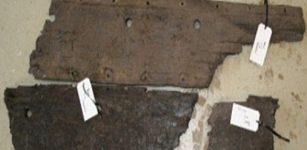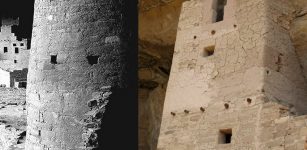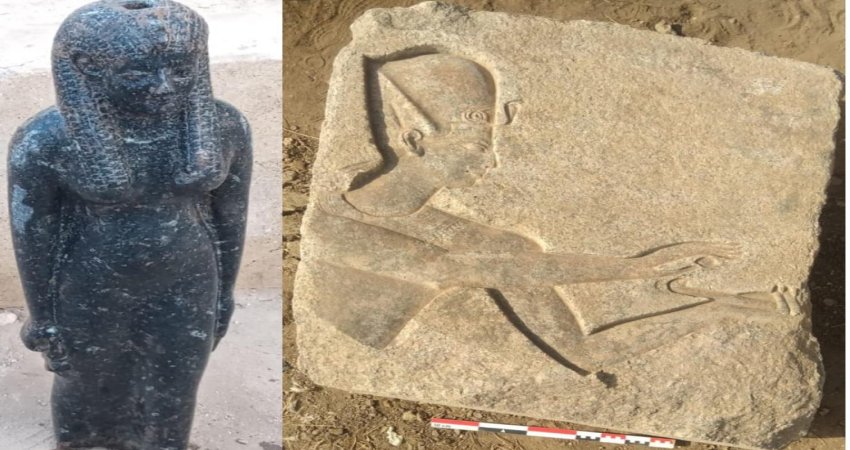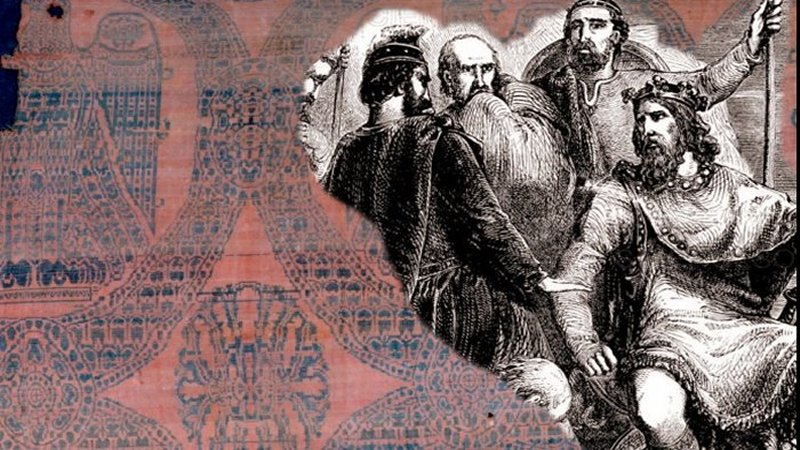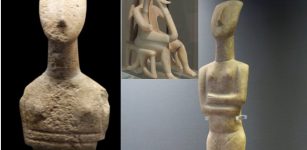1,800-Year-Old Relief Of Mythological Satyr Figure Under Restoration
Conny Waters – MessageToEagle.com – The 1,800-year-old relief of a Satyr has been unearthed in excavations carried out in the ancient city of Smyrna in Izmir province.
The relief of Satyr is 1.70 meter-tall (5.5 feet) and is made of marble and is among many artifacts that archaeologists date back thousands of years.
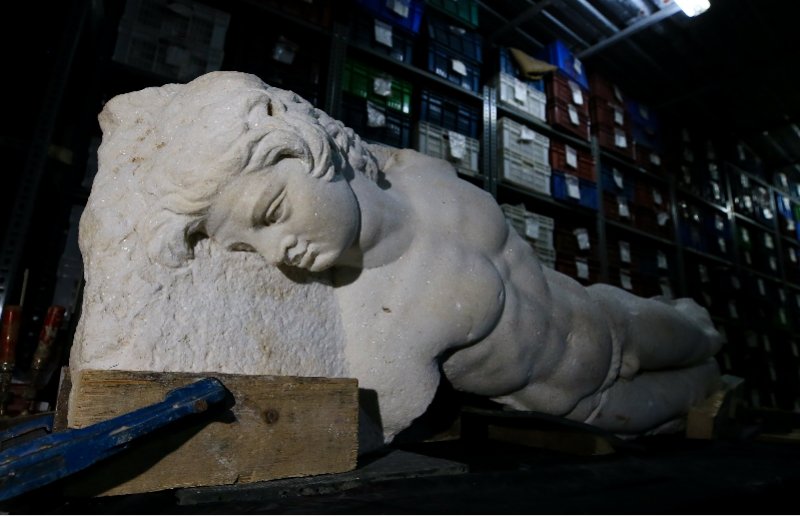
The theater area in the ancient city was used from the third century B.C. and the third century A.D, associate professor Akın Ersoy, head of the excavation team and a member of the Turkish Islamic Archaeology Department of Izmir Katip Çelebi University, told Anadolu Agency (AA), as cited by Daily Sabah.
Excavations in the ancient theater in the ancient city of Smyrna started a few years ago.
“We have been unearthing sculpture pieces from this place. Some of these sculptures are well preserved,” said Ersoy, adding that they have found 11 rows of seats at the lower level in the theater. The Satyr relief we have uncovered is perhaps the most important find in this sense in recent years.”
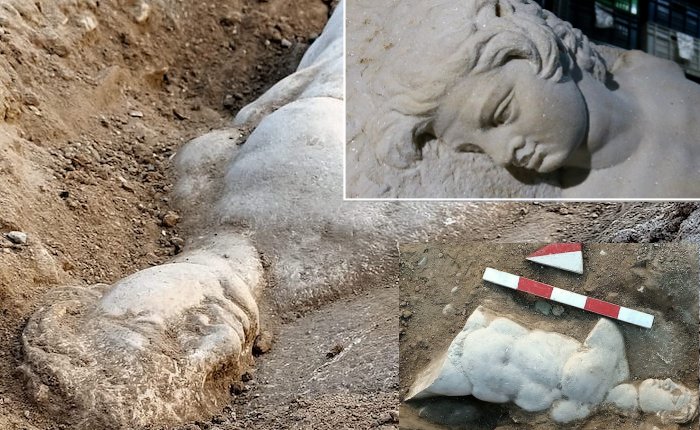
The Satyr relief found in the ancient city of Smyrna. Image credit: Turkish Ministry of Culture and Tourism/AA
Archaeologists generally come across Satyr figures at the places related to the ancient god Dionysus, known as the guardian of theaters. Satyrs are depicted in rituals about Dionysus as they are the male companions of him in Greek mythology. These creatures sometimes appear with one foot while the upper part of their body is in the form of a human, they also have horns.
The statues depicted them with ears and tail resembled those of a horse, and in early depictions, Satyr had occasionally horse-like legs, but from the 6th century BC, they were depicted with more human legs.
“We can consider them as mythological beings that appear in Dionysiac events. Maenads are the female followers of Dionysus. We say that Satyrs and Maenads are pieces of Dionysus,” Ersoy said.
The ancient theaters were out of use during the early Christian period, and pagan structures and god sculptures were also destroyed during the period. After the Romans accepted Christianity as their official religion, crosses were drawn on the foreheads of the god statues or they were melted in a lime kiln.
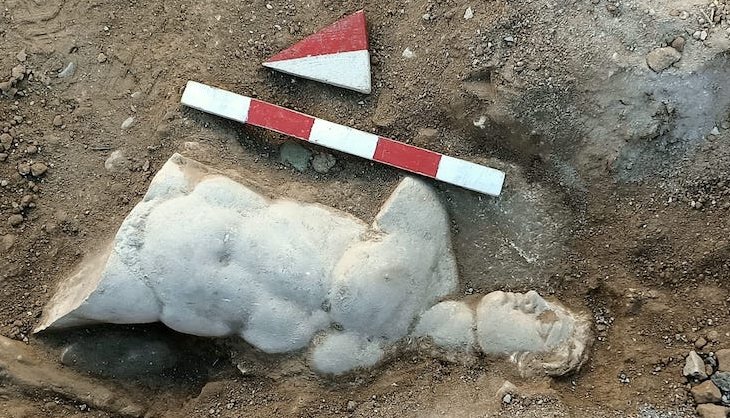
Image credit: Turkish Ministry of Culture and Tourism/AA
“After the theaters were out of use, the surrounding sculptures and reliefs were removed and used as lime or building material. The relief of Satyr was lying on the ground, and it was broken because it was thrown and we got it in four pieces. After it was thrown, it was covered with soil, preventing it from being used as a building material.”
The theater was used for about 700 years and later, was abandoned in the 4th century AD and covered with soil over time. Now the structure is excavated by Izmir Katip Çelebi University archaeologists.
This time, the excavating team was given the possibility to recover Satyr’s figure and the relief will be soon displayed in the museum.
It is believed the relief’s marble may have been brought from Aphrodisias ancient city or Thassos island.
Written by Conny Waters – MessageToEagle.com – AncientPages.com Staff Writer

